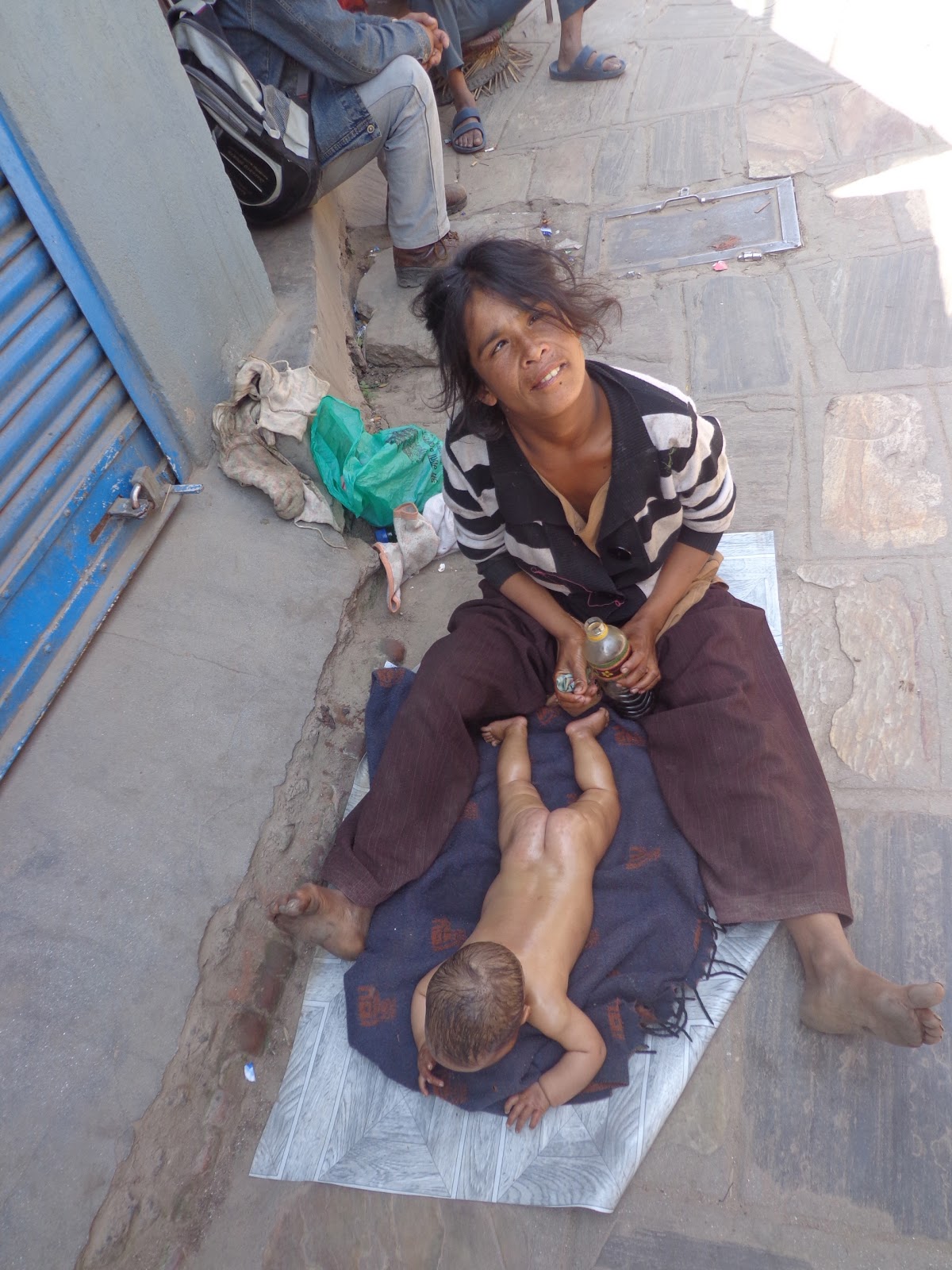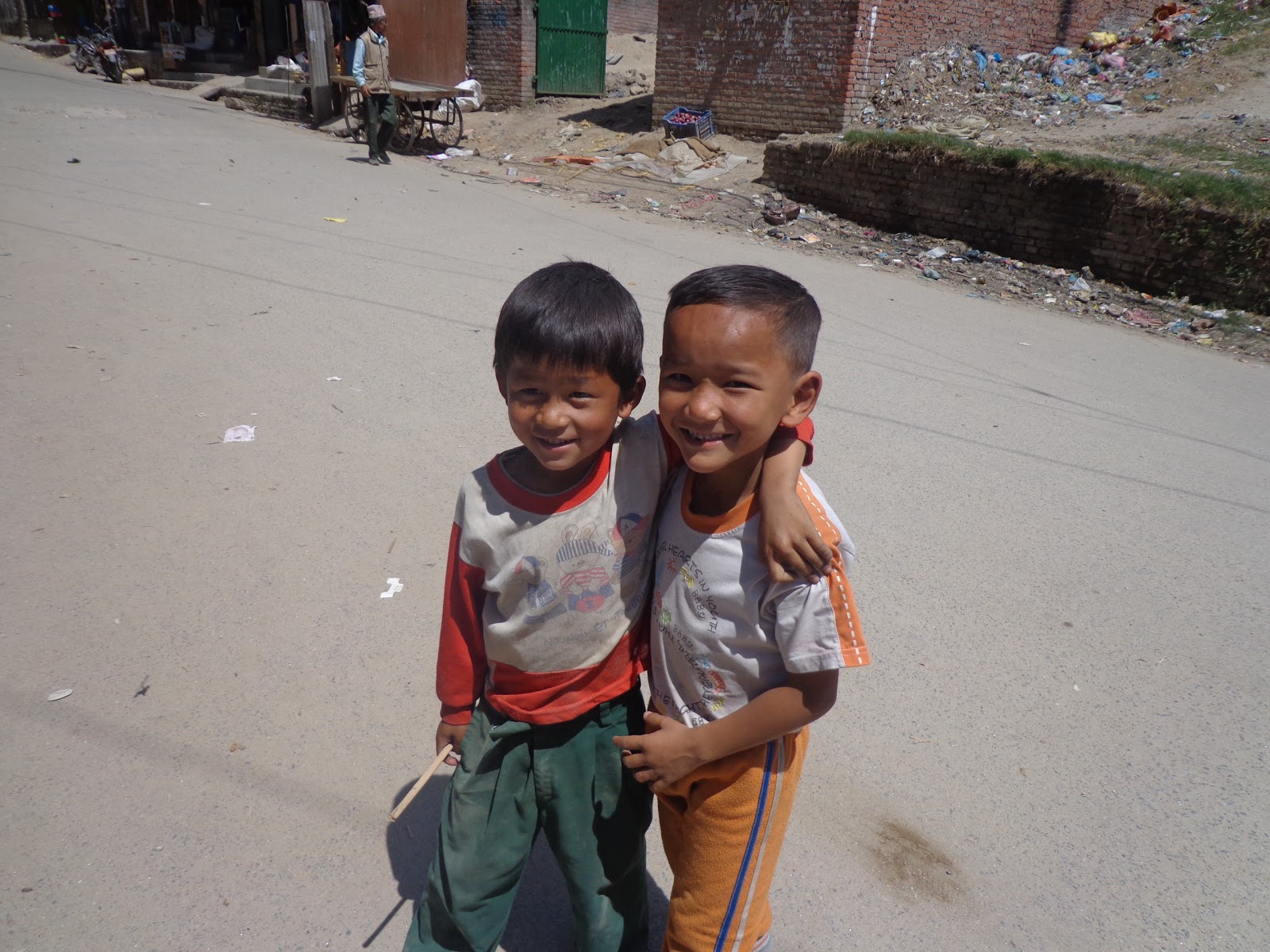Why Do Children Beg?
Fundraising campaign by
Rechal Susan
-
US$0.00raised of $1,200.00 goal goal
Campaign Story
When my friend Malla met me for tea yesterday, she was obviously distressed. Mala, a young middle-class Nepali woman who I met a year ago, had started a school for beggar children last year by gathering enough donations to rent a dilapidated, old building on the outskirts of the ghetto/slum neighborhood of Pashupati in Kathmandu. The children attending the school came from the riverbanks, where they lived under plastic sheeting or if lucky, on plywood hovels held off the wet ground by bricks. Their parents are the scarred, crippled, "dalite" (untouchable) beggars plying the streets for any rupee they can find. Often the children are forced into working in any way they can to keep the family at a survival level. I have seen children work as "rag pickers", haul heavy packages for shop keepers and work as tea wallahs delivering tea to businesses instead of going to school. Worst case scenario, they get picked up by child-traffickers and sold as slaves. This is an all-to-common reality in very poor countries like Nepal and India.
Why can't they go to the many government schools in the city, I asked my friend Rajendra, who was himself at one time a child of the streets. I have come to greatly admire Rajendra and all he has accomplished in his life. He has brought himself up from street urchin to University graduate, but it wasn't without some help from an American, Allan Aistrope, who gave Rajendra a chance at education. "The government schools won't take them," Rajendra told me, "they look like trash, they are dirty and dressed in rags. They don't want them in the schools with other kids." As horrible as it seemed, I thought about the same stigma we have in the States with homeless children not dressed in the latest styles being ostracized by other kids.
"Also, they are addicted to the streets," said Rajendra, who's wisdom and experience with Nepali culture I've come to trust. Mala agreed. The children have a certain freedom on the streets that they don't have in school-and some are literally addicted to glue, or huffing.
Mala decided to try and do something to help the street children of the worst slum area in Kathmandu because when she went to the temple at Pashpupati, she wondered what was the future for these poor children who would remain illiterate and in servitude to anyone willing to pay them for the rest of their lives. She gathered enough donations to rent a tall building and talked enough of her friends into volunteering as teachers to start up her school which she called "Bal Sarathi". She said at first she had to lure children to school with food. The promise of a hot meal of dahl bhat (lentils and rice) was enough for the parents to bring their children, whether the children wanted to go or not, to the school, because the parents wanted to kids to have at least one meal a day. The children were washed, clean clothes put on and food given, then the learning begins.
Now the children love to go to the school, Malla said, and their beggar parents wait patiently each morning for the school to open and their children are delivered before they go off for their day of begging. Like parents everywhere, they are happy their children have a school, are safe and getting some nutrition.
But Mala's funds have run dry. Her eyes overflowed with tears, and without meaning to sound too melodramatic, Mala and I held hands and comforted each other, knowing what this meant to the children, their parents and to her and her staff of volunteers.
I was able to give Mala enough money for a month's rent and rice from HANDS in Nepal, and a volunteer. Kelsey Clark, a young phd graduate from Stanford, who is currently traveling around Nepal, had been tagging around with me for the day, getting a glimpse into the life of NGO work in Kathmandu. She promised Mala she would spend time helping at the school, and with more people like her, I know we can come up with some solutions for Mala.
If any of you have any ideas, please contact me or HANDS in Nepal. This type of volunteer school is just want this country needs for the very poor and the very disadvantaged.
Namaste to you dear readers!
You can watch a documentary my friend Rajendra made about Mala's school by going to You Tube and typing in Bal Sarathi.
Organizer
- Rechal Susan
- London, UK
I currently work as an enthusiastic 3rd grade teacher at the Red Barn School. In this role I am responsible for 40 students in an inclusion classroom,
I currently work as an enthusiastic 3rd grade teacher at the Red Barn School. In this role I am responsible for 40 students in an inclusion classroom,
No updates for this campaign just yet






